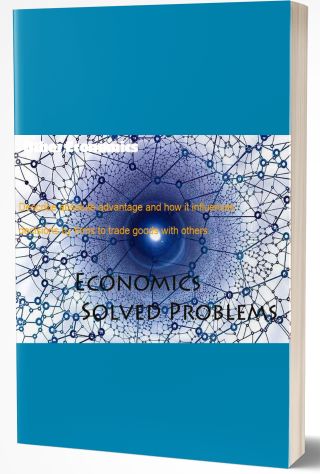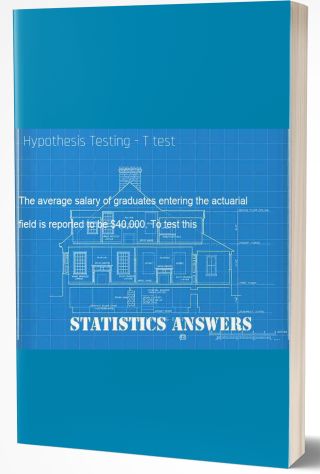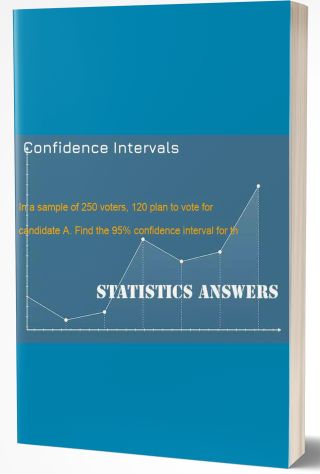Your company makes an uber-bouncy-tennis ball for professional players that bounces an average of 57
Question: Your company makes an uber-bouncy-tennis ball for professional players that bounces an average of 57 inches when dropped from 100 inches (within international tennis regulations) over 900 drops when new. You’ve been tipped off that your material supplier may have changed the quality of their yellow fuzz product without any warning and you wonder how much of an effect, if any, this will have on the quality and bounciness of your tennis balls. You take a random sampling of n=20 samples. The data you collect (inches of bounce height) are below.
| 56.39 |
| 57.62 |
| 56.53 |
| 56.78 |
| 57.23 |
| 56.82 |
| 57.21 |
| 56.80 |
| 56.17 |
| 57.66 |
| 56.41 |
| 56.41 |
| 56.25 |
| 56.51 |
| 56.31 |
| 56.34 |
| 56.18 |
| 56.94 |
| 57.02 |
| 56.81 |
a. Is this new yellow fuzz different from your previous product? Prove by testing the hypothesis \[{{H}_{0}}:\ \mu =57.00,\quad {{H}_{1}}:\ \mu <\,57.00''\] for α = 0.05. Use the T-test statistic.
b. ![]() Double check your answer by finding the confidence bounds on the mean bounce height. Do your results agree? Comments?(10)
Double check your answer by finding the confidence bounds on the mean bounce height. Do your results agree? Comments?(10)
c. Assuming that this was a screening experiment, what do you do next and/or what do you tell your boss about both your existing data and your ideas for the future?
Deliverables: Word Document




![[Solution] Are the violent crime rates for the cities of Columbus Ohio and Baton Rouge Louisanna correlated? Co #24533 Hypothesis Testing - T test](/images/downloads-images/featured/Economics-question-28218.jpg)


